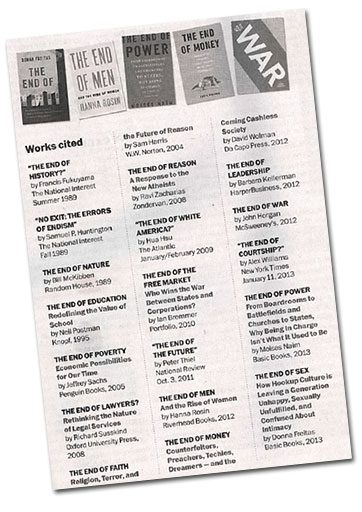Insights on How to Complete a Winning SEWP V Proposal
So where are we now with about 50 days until Halloween, my predicted final due date for the SEWP V proposal? The NASA SEWP Bowl anticipates 1,300 proposals for the four competition groups and only intends to award about 80 contracts. If the SEWP contract awards were equal in all groups that would be 20 per group. That’s pretty easy for the non set aside groups A, C, and D. But that may be too few for the SDVOSB/HUB Zone Group B who are bidding in large numbers for SEWP and may clamor for more participation if not awarded. A little advice to those in the Mass Storage Devices bid Group B: Make sure you address the High Performance Mass Storage Devices Mandatory list correctly, because Nancy Palm is on the evaluation committee.


